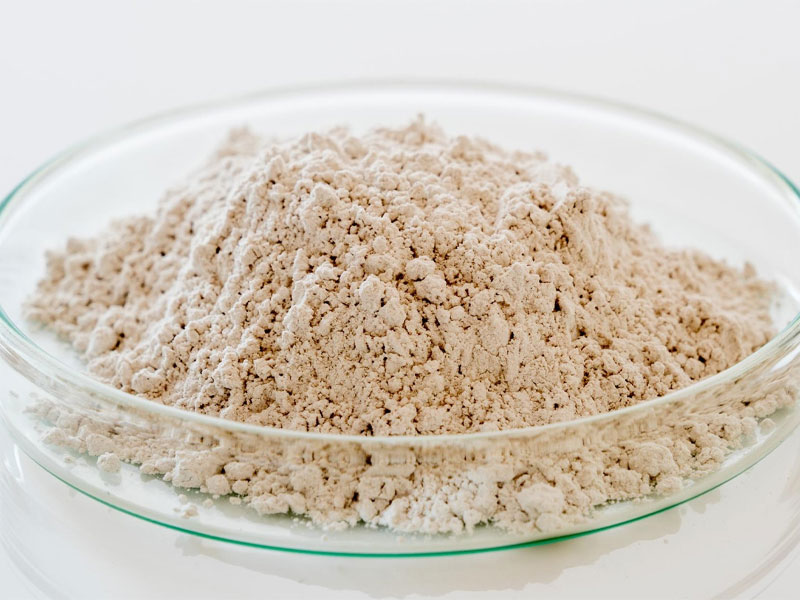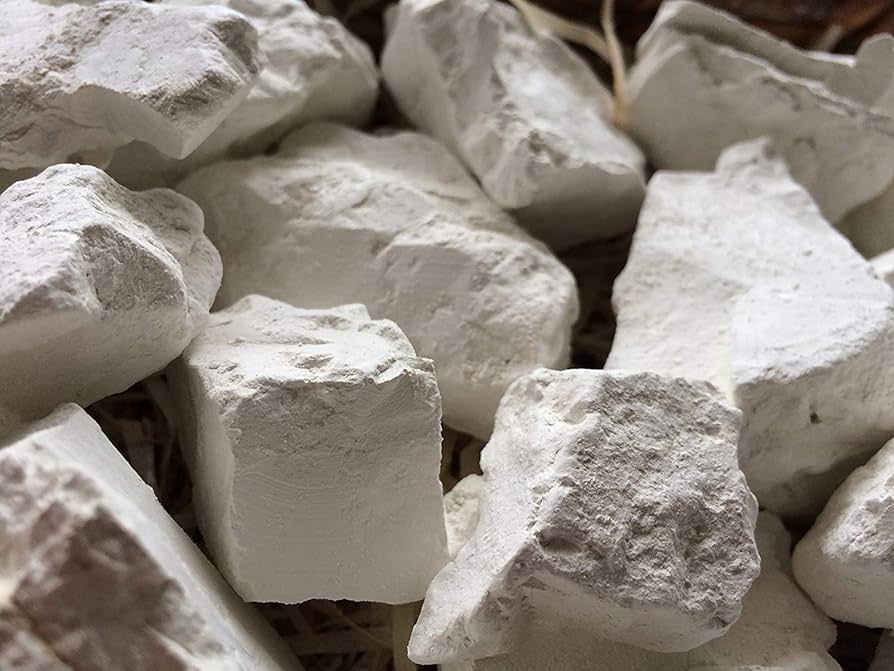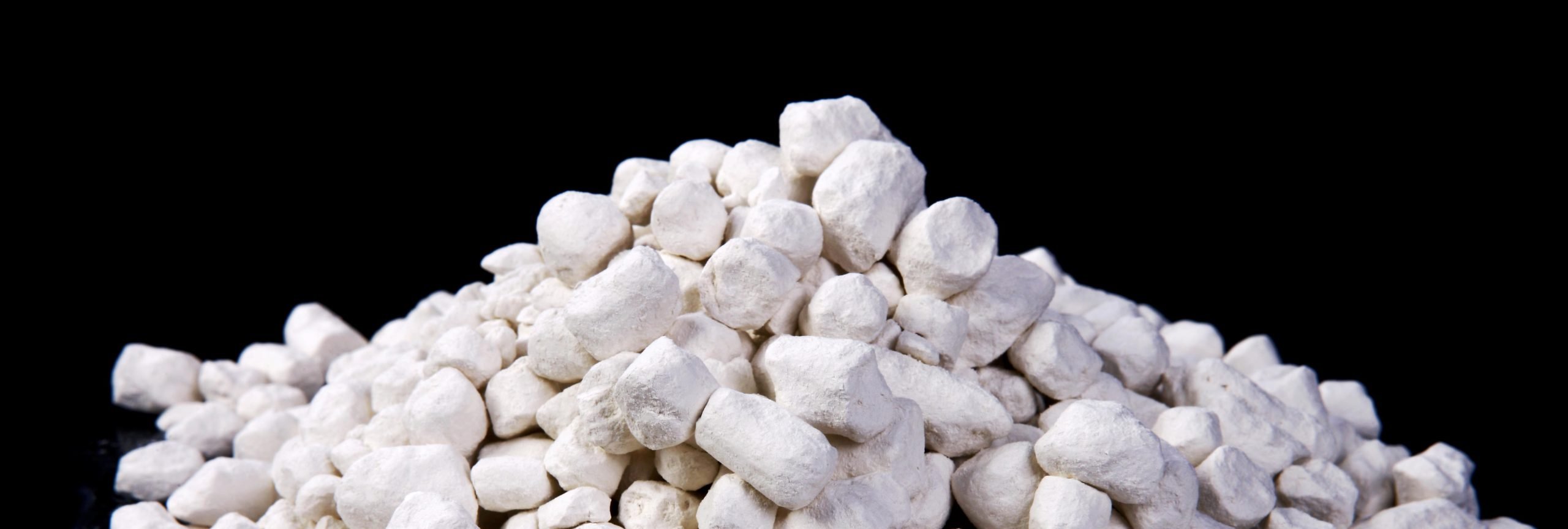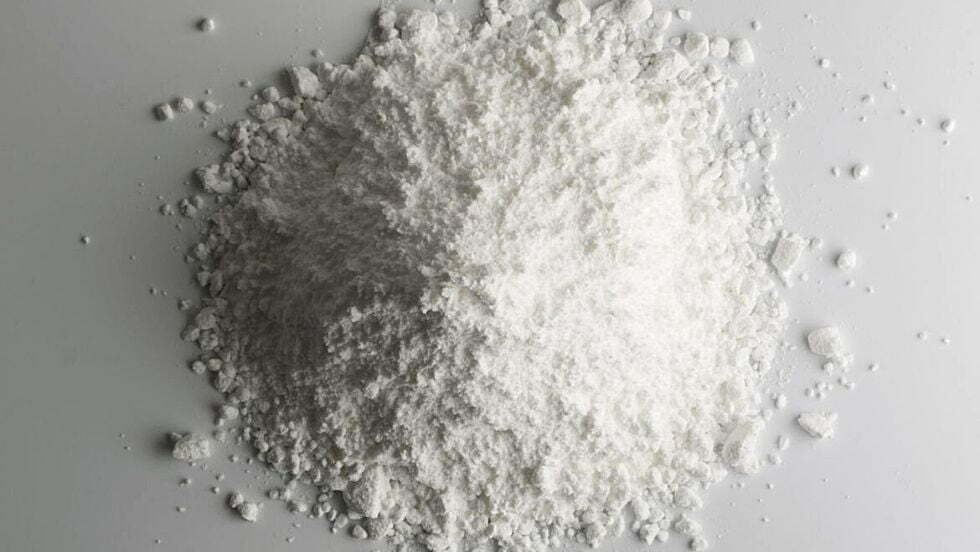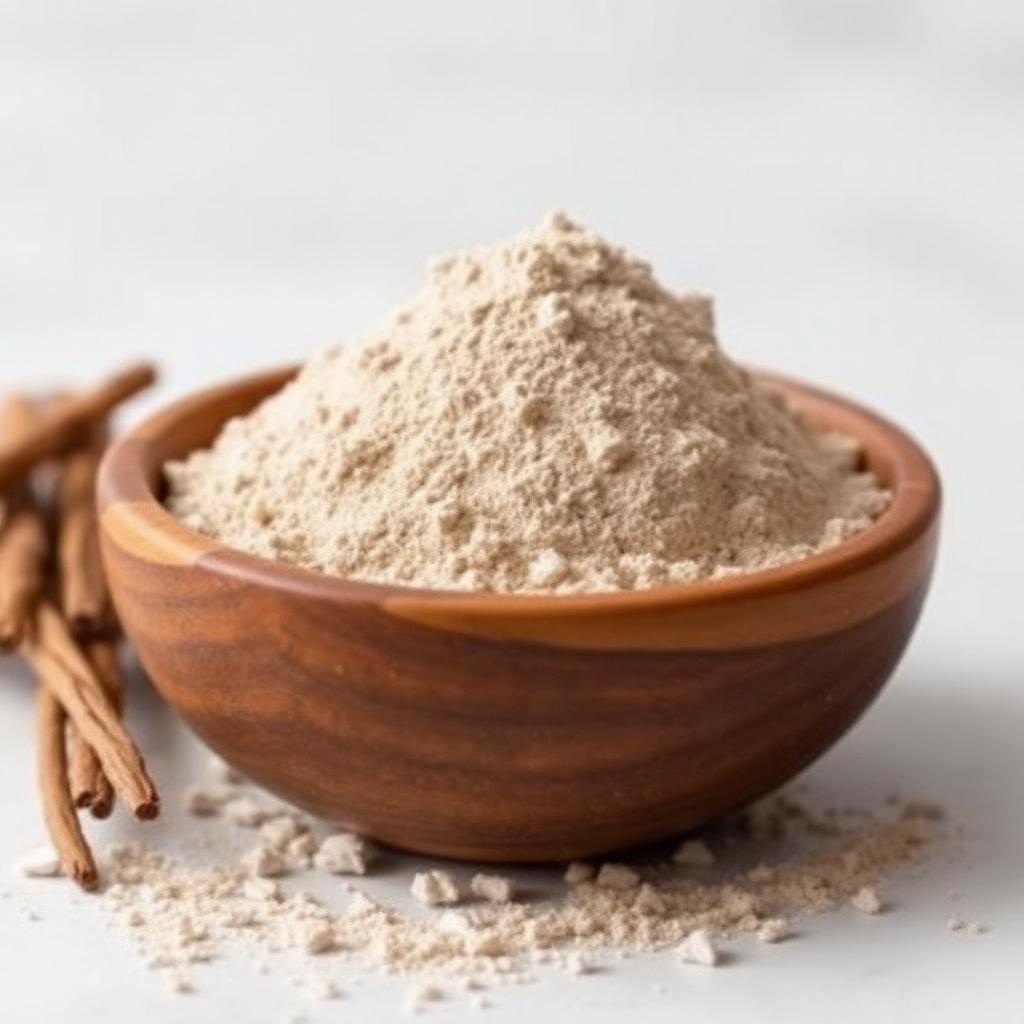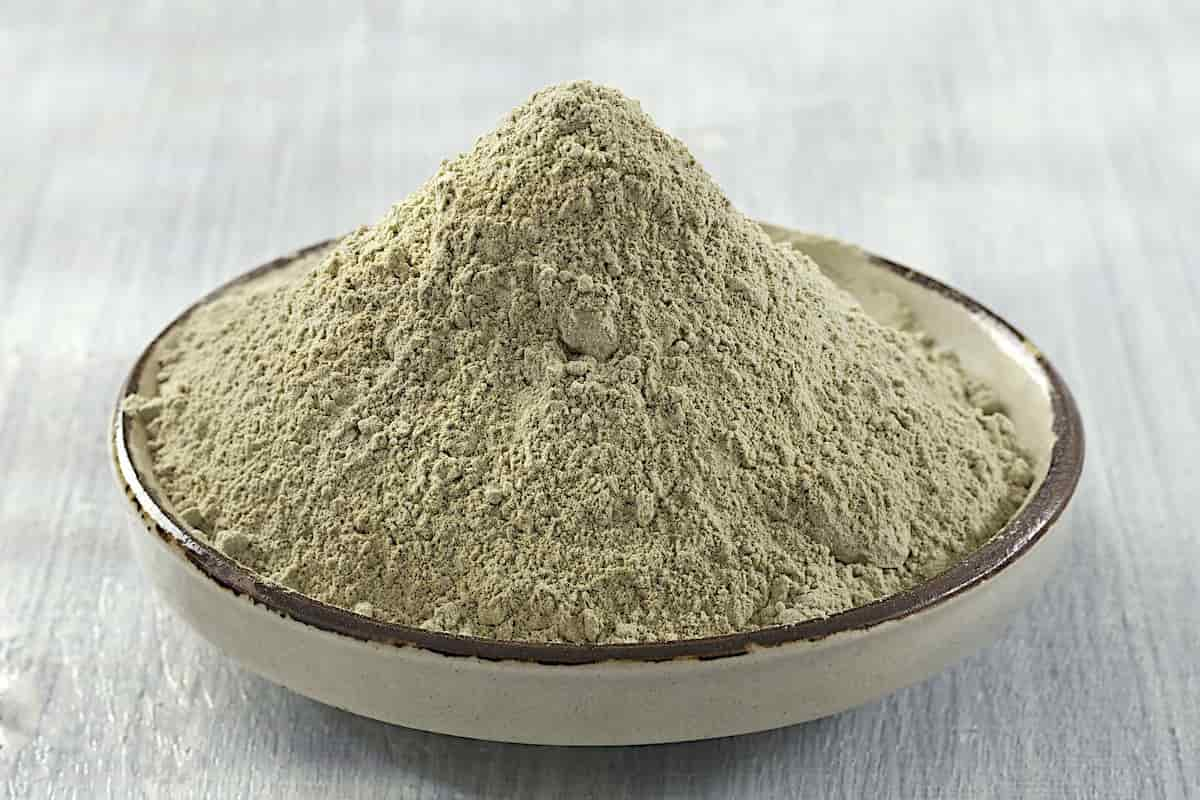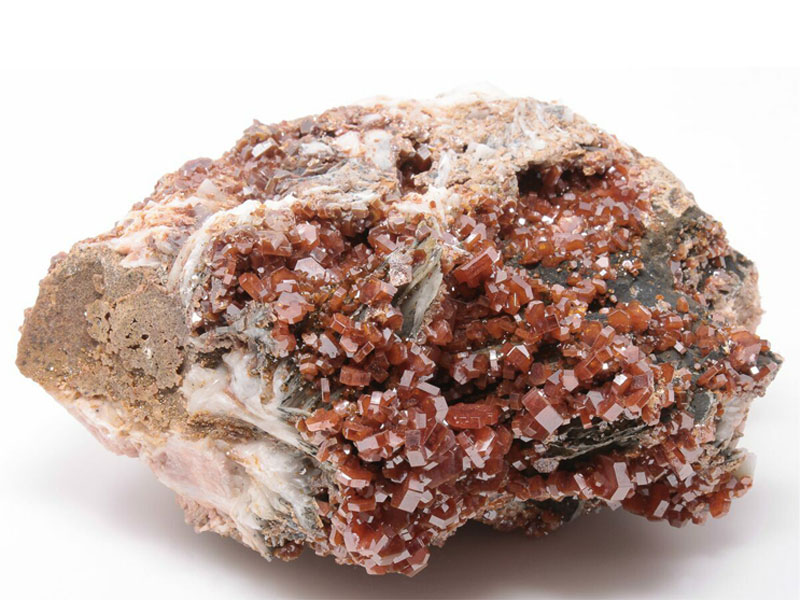Introduction
Calcined kaolin, also known as metakaolin, is a processed form of kaolin clay. This mineral undergoes a heat treatment process called calcination, transforming it into a material with altered properties suitable for various applications. Its significance lies in its ability to enhance the performance of end products in industries such as paper, ceramics, rubber, plastics, and more.
What is Calcined Kaolin?
Definition and Process of Calcination
Calcination is the key to the metamorphosis of raw kaolin into calcined kaolin. This process involves heating the clay at high temperatures, typically above 700°C, causing it to lose its crystalline structure and become amorphous. The result is a finer, more reactive material with improved properties.
Properties that Differentiate Calcined Kaolin from Raw Kaolin
Calcined kaolin exhibits altered physical and chemical properties compared to its raw counterpart. The calcination process removes water and crystal structures, resulting in increased brightness, opacity, and enhanced electrical properties. These changes make calcined kaolin highly sought after in various industries.
Read More: Salt
Applications of Calcined Kaolin
In the Paper Industry
One of the primary applications of calcined kaolin is in the paper industry. Its fine particle size and improved brightness contribute to the production of high-quality paper with enhanced printability and opacity.
In the Ceramics Industry
Calcined kaolin serves as a valuable ingredient in the ceramics industry, acting as a flux in porcelain production. It enhances the strength and durability of ceramics while maintaining a desirable white color.
In the Rubber and Plastics Industry
In rubber and plastics, calcined kaolin acts as a reinforcing agent, improving tensile strength and abrasion resistance. Its use in plastics also contributes to dimensional stability and reduced shrinkage.
Advantages of Using Calcined Kaolin
Improved Brightness and Opacity
Calcined kaolin’s bright white color and high opacity contribute to the visual appeal of end products, making it a preferred choice in applications where aesthetics matter.
Reinforcement of Physical Properties
Its presence enhances the mechanical properties of materials, such as increased strength and durability in ceramics and rubber.
Enhancement of Chemical Resistance
Calcined kaolin’s chemical inertness makes it resistant to acids and alkalis, ensuring stability in various chemical environments.
Production Process of Calcined Kaolin
Mining and Extraction of Raw Kaolin
The journey of calcined kaolin begins with the extraction of raw kaolin from mines. This natural clay, rich in kaolinite, undergoes initial processing to remove impurities.
Calcination Process and its Significance
The extracted kaolin is subjected to the calcination process in kilns. The controlled heating transforms the clay into metakaolin, altering its structure and properties.
Quality Control Measures During Production
Stringent quality control measures are implemented throughout the production process to ensure the consistency and purity of the calcined kaolin produced.
Key Features and Characteristics
Particle Size Distribution
The particle size distribution of calcined kaolin is crucial for its performance in different applications. Fine particles contribute to improved opacity in paper, while coarser particles may enhance reinforcement in plastics.
Surface Chemistry
The altered surface chemistry of calcined kaolin influences its interaction with other materials, making it a versatile additive in various manufacturing processes.
Thermal Stability
Calcined kaolin exhibits excellent thermal stability, making it suitable for applications where exposure to high temperatures is common.
Environmental Impact
Sustainable Practices in Calcined Kaolin Production
As environmental awareness grows, industries are adopting sustainable practices in the production of calcined kaolin. This includes energy-efficient kilns, water recycling, and reclamation of mining sites.
Recycling and Waste Management
Efforts are underway to develop recycling processes for post-consumer and post-industrial waste containing calcined kaolin, minimizing environmental impact.
Read More: Wikipedia
Choosing the Right Grade for Different Industries
Factors Influencing Grade Selection
Selecting the appropriate grade of calcined kaolin involves considering factors such as particle size, brightness, and chemical properties, tailored to the specific needs of each industry.
Tailoring Calcined Kaolin Properties for Specific Applications
In some cases, manufacturers customize the properties of calcined kaolin to meet the exact requirements of their end products, ensuring optimal performance.
Case Studies
Examining real-world examples of industries incorporating calcined kaolin provides insights into its practical applications and benefits.
Future Trends in Calcined Kaolin Usage
Emerging Applications
Ongoing research and development are uncovering new applications for calcined kaolin, expanding its reach into previously untapped industries.
Technological Advancements in Production
Advancements in calcination technology and production processes are poised to further improve the quality and efficiency of calcined kaolin manufacturing.
Challenges in the Calcined Kaolin Industry
Market Fluctuations
The calcined kaolin industry, like any other, faces challenges related to market fluctuations, impacting supply and demand dynamics.
Regulatory Concerns
Stringent environmental and safety regulations pose challenges to the industry, necessitating compliance and sustainable practices.
Comparison with Other Alternatives
Comparative analysis with other alternatives highlights the unique properties that make calcined kaolin a preferred choice in many applications.
Consumer Tips and Recommendations
Best Practices for Handling and Storage
Understanding the proper handling and storage of calcined kaolin ensures its optimal performance and longevity.
Compatibility with Other Materials
Considering the compatibility of calcined kaolin with other materials is crucial for achieving the desired outcomes in manufacturing processes.
Expert Opinions and Industry Insights
Gaining insights from experts in the calcined kaolin industry provides a deeper understanding of its current status and future potential.
Read More: Bentonite
Conclusion
calcined kaolin is a transformative material that plays a pivotal role in enhancing the properties of diverse end products across industries. From paper to ceramics, rubber, and plastics, its versatility and unique characteristics make it an invaluable additive. As we navigate the challenges and explore the future trends in the calcined kaolin industry, it’s evident that this mineral will continue to leave an indelible mark on the manufacturing landscape.

